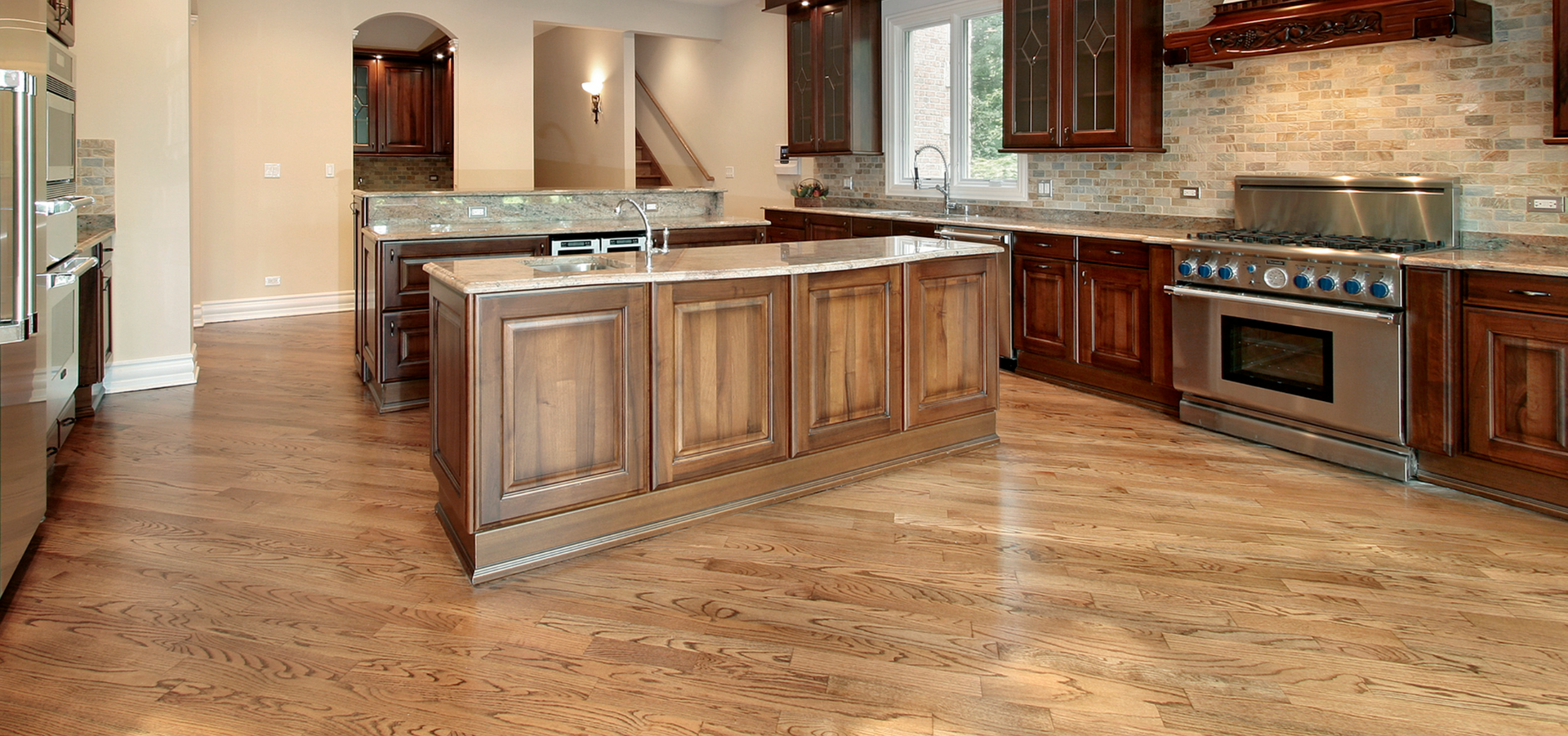Do Hardwood Floors Darken Over Time? What to Expect and How to Maintain Their Color
Hardwood flooring is a timeless choice that enhances the warmth and beauty of any home. One of the fascinating characteristics of hardwood floors is their ability to change over time. If you’ve ever wondered if hardwood floors darken over time, the answer is yes, but the degree and speed of this change depend on various factors. Understanding why this happens and how to maintain your floors can help you preserve their original charm.
Why Do Hardwood Floors Darken Over Time?
Hardwood floors undergo color changes due to natural processes that affect the wood’s surface. These changes occur gradually and can be influenced by several factors, including:
1. Oxidation
Wood contains natural compounds that react with oxygen in the air. Over time, exposure to oxygen causes the wood to darken. This process is more noticeable in some species than others. While it’s a natural occurrence, it can be managed with proper maintenance.
2. Sunlight Exposure (UV Radiation)
Just like furniture, carpets, and even human skin, hardwood floors are affected by UV radiation. Direct sunlight can accelerate the darkening or fading of wood, depending on the species. This is particularly noticeable in rooms with large windows or glass doors that allow sunlight to stream in.
3. Wood Species
Different types of hardwood change color at different rates. For example:
- Cherry and Walnut darken significantly over time.
- Oak and Maple tend to develop a warmer, golden tone.
- Exotic hardwoods like Brazilian Cherry or Tigerwood often experience dramatic shifts in color.
4. Stains, Finishes, and Sealants
The type of stain and finish applied to hardwood floors can affect how they change color. Oil-based finishes, for example, tend to deepen the wood’s hue over time, while water-based finishes maintain a more consistent color.
5. Environmental Conditions
Humidity, temperature fluctuations, and general wear and tear contribute to wood's aging process. Homes with stable indoor climates may experience less noticeable color shifts than those with extreme seasonal changes.

How Different Hardwood Species Change Over Time
- Cherry (American & Brazilian): Cherry is one of the most dramatic hardwoods in terms of darkening. Newly installed cherry floors start off with a light reddish tone but darken significantly within months, developing a deep, rich hue.
- Walnut: Walnut tends to darken but at a slower rate than cherry. Over time, it develops a deeper brown tone that enhances its elegant, luxurious appeal.
- Oak (Red & White): Oak doesn’t darken as much as cherry or walnut but instead develops a golden patina. Red oak gains a richer amber tone, while white oak takes on a warm, slightly grayish hue.
- Maple: Maple has a subtle color shift, usually turning more golden over time. Compared to other wood species, it tends to resist darkening.
- Exotic Hardwoods (Brazilian Cherry, Tigerwood, Mahogany): These woods often start with vibrant colors that intensify over time. Brazilian Cherry, for instance, can darken to nearly double its original depth in just a few years.
How to Prevent Excessive Darkening
While some color changes are inevitable, there are ways to slow down the process and maintain the original look of your hardwood floors for as long as possible.
1. Use Window Treatments
Since sunlight is a major factor in wood darkening, installing curtains, blinds, or UV-protective window films can help limit direct exposure. If you have large windows, consider using sheer curtains to diffuse light while still brightening the room.
2. Rotate Furniture and Rugs
Furniture, rugs, and other objects block sunlight in certain areas, which can create uneven darkening on your floors. Rotate furniture and area rugs periodically to ensure the wood darkens uniformly.
3. Apply UV-Resistant Finishes
Some hardwood floor finishes contain UV inhibitors that slow down the darkening process. Opt for water-based polyurethane finishes, which offer better UV resistance than oil-based options.
4. Keep Floors Clean and Well-Maintained
Dirt and dust can act as abrasives, affecting the way light interacts with the wood. Regular cleaning with a microfiber mop and a wood-safe cleaner helps protect the finish and prevents premature aging.
5. Control Indoor Humidity
Wood naturally expands and contracts with humidity changes, which can accelerate oxidation and darkening. Maintaining indoor humidity levels between 35% and 55% will help preserve your floors.
6. Refinish or Reseal When Necessary
If your floors have significantly darkened and you prefer a lighter look, professional refinishing can restore their original tone. Sanding and applying a new stain or finish can bring back a fresher appearance.
Embracing the Natural Beauty of Hardwood Floors
Instead of trying to prevent darkening entirely, some homeowners embrace it as part of their flooring’s unique character. Over time, the color changes add richness and depth, creating a more refined and natural aesthetic. Choosing a wood species that ages beautifully can enhance the charm of your home.
Keeping Your Hardwood Floors Beautiful: Embracing or Preventing Darkening
So, do hardwood floors darken over time? Yes, they do, but the extent depends on factors such as wood species, sunlight exposure, and environmental conditions. While darkening is a natural process, there are steps you can take to minimize excessive color changes and maintain the beauty of your flooring. Whether you choose to embrace the evolving tones of your hardwood or take preventive measures, Cincy Preferred Flooring can help you select the right wood species and finishes to suit your preferences.
Looking for expert advice on choosing and maintaining hardwood floors? Contact Cincy Preferred Flooring today to explore the best flooring options for your home!


